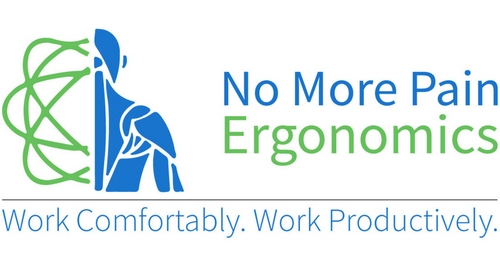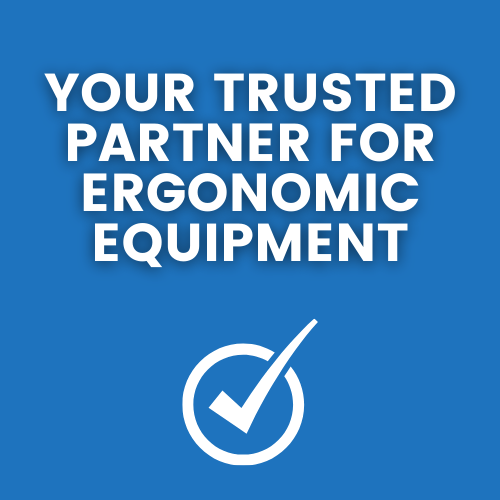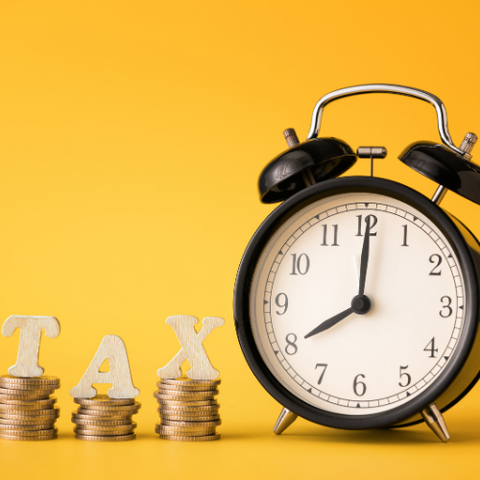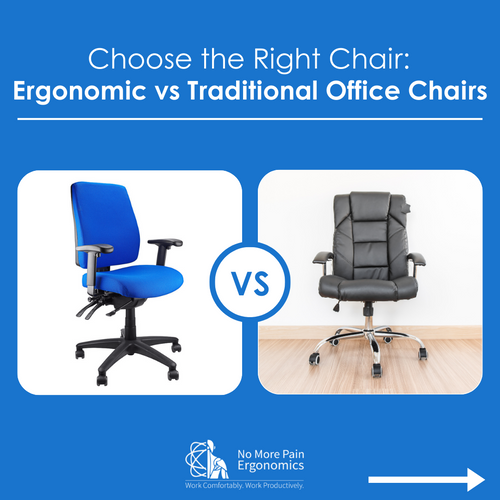As the end of the financial year approaches, individuals and businesses are presented with a valuable opportunity to review their finances and make strategic decisions. One area worth considering is your home office setup, particularly in the context of tax deductions for ergonomic equipment. This blog post aims to highlight the benefits of investing in ergonomic office equipment, such as chairs, desks, and accessories, and how you can leverage the end of the financial year to maximize tax deductions while enhancing your work environment.
1. Understanding Tax Deductions:
Tax deductions allow individuals and businesses to reduce their taxable income by claiming expenses incurred for work-related purposes. The cost of purchasing or upgrading office ergonomic equipment is generally eligible for tax deductions, subject to specific rules and regulations. By leveraging these deductions, you can offset a portion of the expenses incurred, effectively reducing your tax liability.
2. Health and Productivity Benefits:
Investing in ergonomic office equipment goes beyond financial benefits. Ergonomically designed chairs, standing desks, ergonomic keyboards, monitor stands, and other accessories are specifically engineered to enhance comfort, promote proper posture, and reduce the risk of work-related injuries. By creating a well-designed and ergonomic workspace, you can improve your health, reduce discomfort, and enhance productivity, leading to potential long-term benefits in both personal and professional realms.

3. Eligibility for Deductions:
To qualify for tax deductions, it is crucial to ensure that the office ergonomic equipment meets certain criteria set by tax authorities. Generally, the equipment must be used primarily for work-related purposes and not for personal use. Additionally, the expenses must be directly related to your occupation or employment. It is advisable to consult with a tax professional or refer to relevant tax guidelines to determine your eligibility and understand the specific requirements applicable to your situation.
4. Maximizing Deductions at the End of the Financial Year:
The end of the financial year presents a prime opportunity to maximize your tax deductions for office ergonomic equipment. By strategically timing your purchases before the year ends, you can ensure that you reap the benefits of reduced taxable income in the current financial year. Be mindful of the relevant cut-off dates for your jurisdiction and allow sufficient time for delivery and setup to meet the necessary criteria for eligibility.
5. Considerations for Investment:
Before making any investment in office ergonomic equipment, it is essential to conduct thorough research and identify the items that best suit your needs. Consider factors such as adjustability, comfort, durability, and any specific requirements unique to your work environment. By making informed choices, you can optimize your investment and ensure the long-term benefits of a well-equipped and ergonomically sound home office.
As the end of the financial year approaches, it's an opportune time to review your home office setup and take advantage of potential tax deductions for office ergonomic equipment. By investing in ergonomic chairs, desks, and accessories, you can not only enhance your work environment but also reduce your taxable income and potentially improve your overall health and productivity. Remember to familiarize yourself with the eligibility criteria and consult with a tax professional to maximize the benefits of tax deductions. Embrace this opportunity to create a workspace that supports your well-being and sets the stage for increased efficiency and success in the years to come.
















← Older Post Newer Post →
0 comments
Get in Touch
Still have a question or simply want to discuss what ergonomic products are best suited? Get in touch, our expert team is available to provide free advice and support.